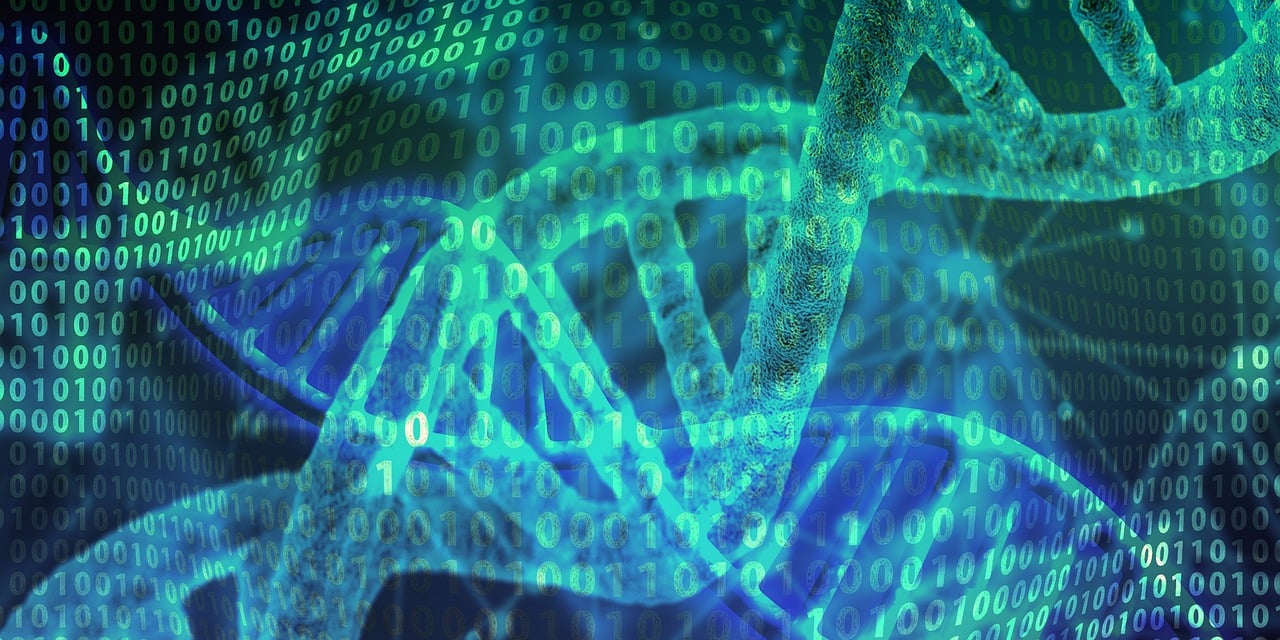Nearly eight decades after Adolf Hitler’s death, a newly examined blood trace from his Berlin bunker has sparked renewed scientific debate about the dictator’s physical and sexual health. A microscopic bloodstain recovered by US soldiers in 1945 has been analysed for the first time with modern genetic techniques — and researchers involved in a Channel 4 documentary say the results point toward a rare developmental disorder.
Researchers see signs consistent with Kallmann syndrome
The team behind the documentary Hitler’s DNA: Blueprint of a Dictator reports that the sample contains a genetic mutation associated with Kallmann syndrome, a condition known to affect hormonal development. Individuals with this disorder may experience underdeveloped sexual characteristics, delayed puberty, low testosterone and reduced libido.
Scientists identified a variant in the PROK2 gene, which is linked in medical literature to impaired sexual maturation. The programme’s researchers compared the DNA with thousands of documented medical cases and found notable similarities.
Historical behaviours seen through a medical lens
Historians featured in the documentary argue that the findings could offer a biological explanation for several long-standing mysteries surrounding Hitler’s private life. Dr. Alex Kay of the University of Potsdam notes that historians have often struggled to explain Hitler’s apparent discomfort around intimate relationships. If he indeed suffered from a hormonal disorder that limited sexual development, it would provide a new context for interpreting aspects of his personal behaviour.
According to the programme, individuals with the syndrome often show:
- significantly lower testosterone levels,
- reduced sexual activity, and
- developmental disruptions occurring before birth, particularly in the hormonal axis.
Revisiting rumours about genital abnormalities
Speculation about Hitler’s genital anatomy has circulated for decades, including claims that he may have had a single functioning testicle or another intersex variation. The genetic material examined does not confirm such details, but researchers argue it could be consistent with conditions that affect fertility or sexual maturation. British media reporting on the documentary, including The Telegraph, highlight that such genetic profiles may align with historical testimonies and old medical notes from Hitler’s residences.
How scientists obtained the DNA sample
The analysed fragment of fabric originates from the sofa inside Hitler’s bunker — the location where he and Eva Braun ended their lives in April 1945. The bloodstain is extraordinarily small, measuring only a few millimetres, and was catalogued decades later under specimen number 39.
The documentary also refers to surviving medical correspondence from doctors associated with Hitler’s retreat in Obersalzberg, suggesting these historical documents might further support the hypothesis of a chronic sexual dysfunction.
A scientific claim that remains open to scrutiny
The programme’s conclusions stop short of definitive proof. Geneticists caution that DNA from historical artefacts can be difficult to authenticate, and the fragment’s provenance — although described in detail — cannot be independently verified through modern chain-of-custody standards.
Nevertheless, the new analysis provides one of the most detailed attempts to examine Hitler’s health profile using genetic data. Whether future studies can confirm or challenge these findings remains an open question, but the documentary has reignited a long-running debate about the dictator’s physical and psychological makeup.









